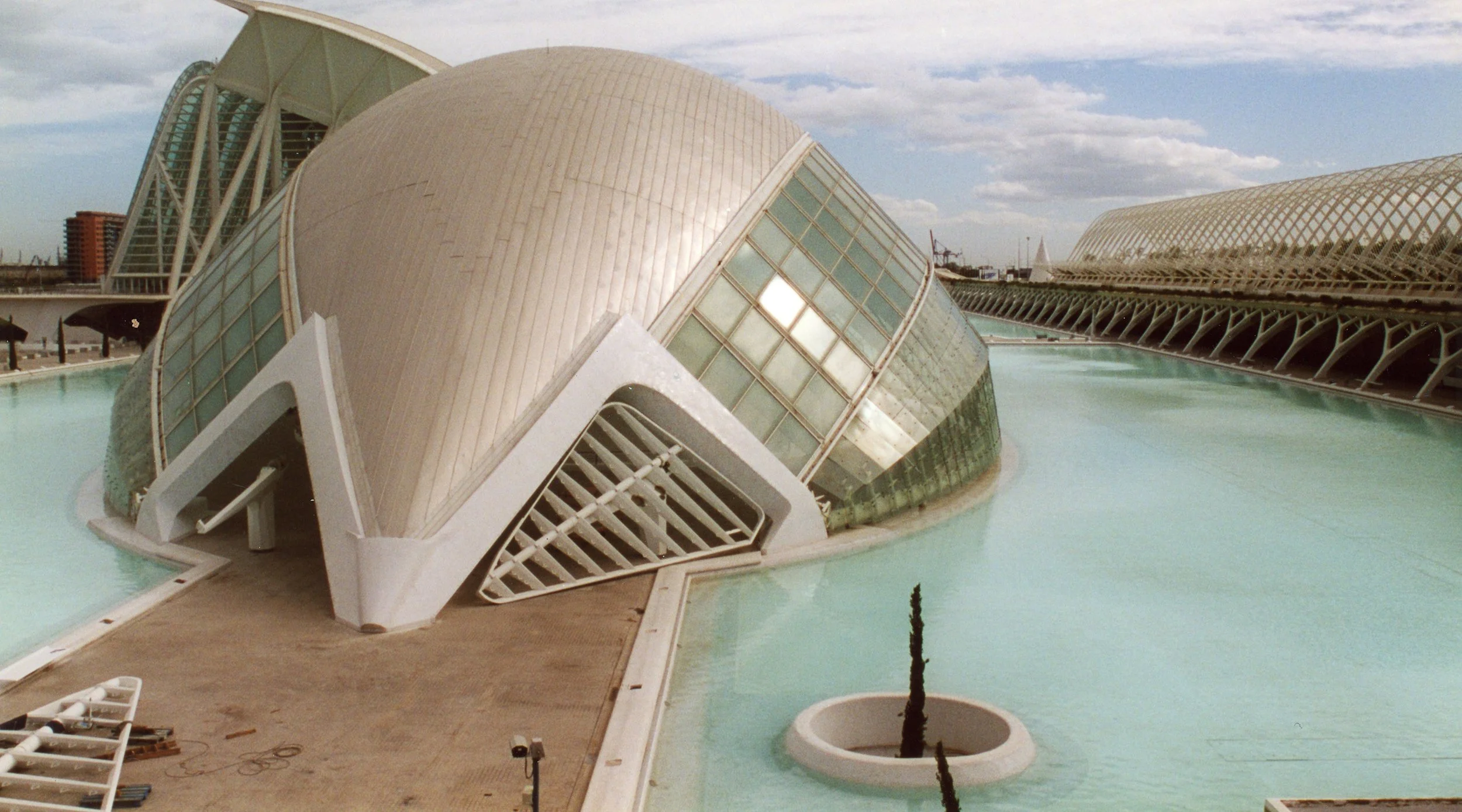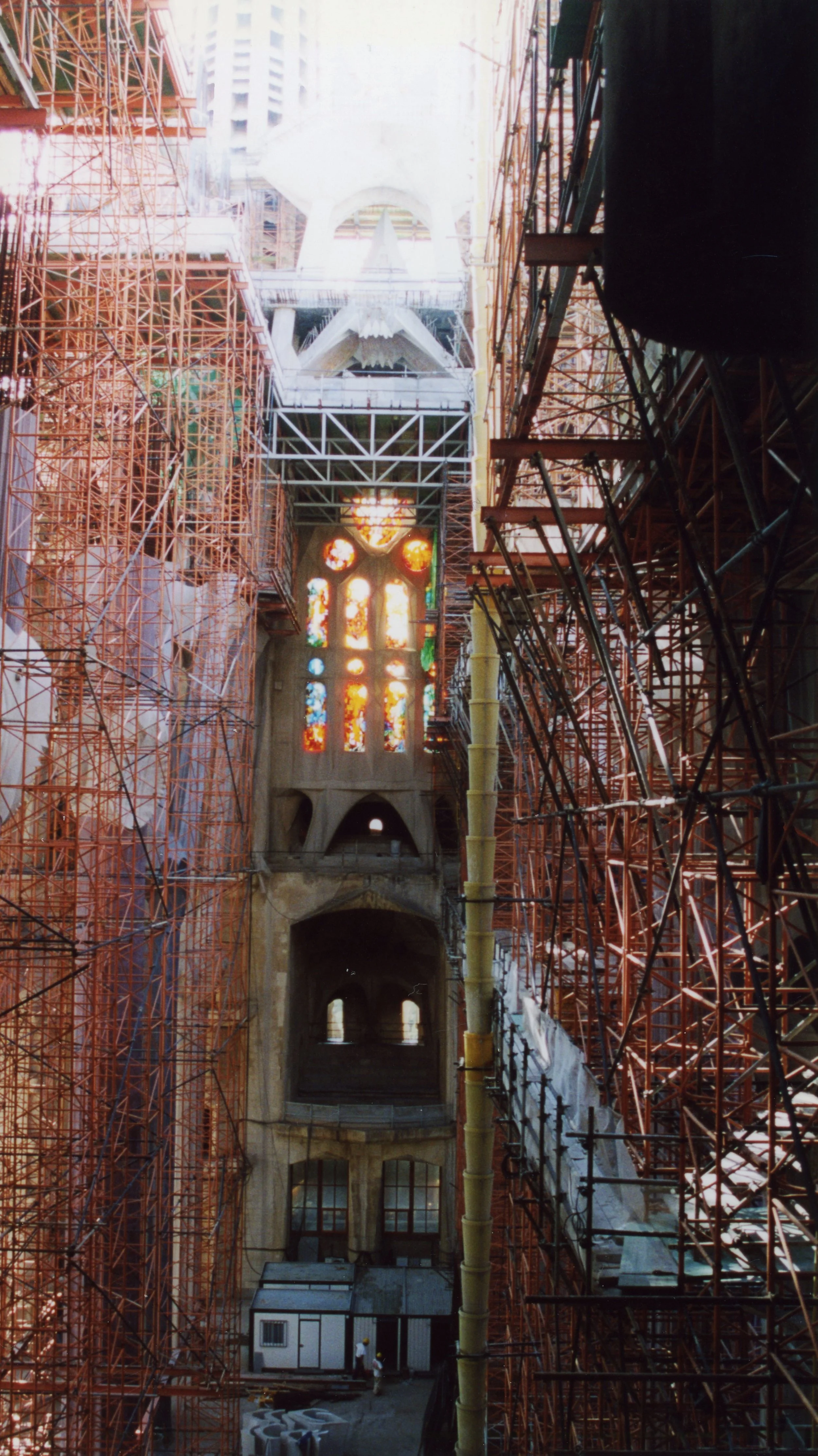
Page 1 of 5
Barcelona, Spain
Stay and the night would be enough
A short overnight train ride away from Gare d' Austerlitz in Paris, Barcelona remains abuzz since Casa Batllo (or Casa Batillo as I always mistakenly thought it was) has been open for business. Designed by the singular genius of Antoni Gaudi, it was always that cool building just down the street from Casa Mila, the one with that little tower, the one with the big cool window, the one that really looks like it might actually be melting.
This is whatever lies inside. An inconspicuous, belt eye view of the first floor interior where all photography remains strictly prohibited. The visitors are all attentively listening to a horrible audio tour, two annoying voices over explaining spaces and creating false meanings to promote their own agenda. Meanwhile the spaces do everything they were designed to, distracting visitors from the false gods of the audio tour and taking them somewhere that is harder to explain but easier to understand.
Far and away the greatest experience that Barcelona has to offer, possibly one of the greatest experiences that any city has to offer, Las Ramblas (which I believe may be Catalan for "the Ramblas") is an unparalleled urban walk from the edges of the Eixample all the way down to the Mediterranean and that statue of Christopher Columbus. Along the way are every type of imaginably pleasant distraction, from street performers to cafes to shops to people selling pets. Under the darkened skies of that perfect Catalan evening, under another night which doesn't seem to end, you find yourself hoping yet again that it will all last a few more blocks, a few more moments, just enough time for you to realize and appreciate how lucky you are that you can always just turn around and do it all over again.
The pride of the Eixample, Gaudi's great unfinished cathedral is actually starting to look like a cathedral. For well over a hundred years, work has slowly progressed and now that progress has really seemed to pick up. Since my first pilgrimage in 1997, the nave and transepts have emerged- nothing in this picture existed five years ago. Standing for the first time under the wonderfully abstract forest canopy, the idea that I may yet have the opportunity to stand inside Gaudi's great finished cathedral in my lifetime begins to feel more and more real.
Big mosaic filled chunks of the cathedral lie on the floor of one of the transepts, waiting as patiently as ever to ascend to promised glory.
2002 has been designated "Year of Gaudi," featuring multiple exhibits and special tours not normally offered, most of which had ceased by the time I found myself in Barcelona this October. One of the drawbacks of this special promotion was the presence of extra crowds in and about the cathedral. While good to see (admission costs are continually transferred to the continuing construction), it was something not appreciated when faced with sudden gridlock in the popular circular staircases up the towers. Still, being trapped in one of those towers allows you to find views, small details, spaces normally looked over in favor of the obvious, times when stalled visitors five minutes ahead become one with the too-much-fun-for-their-own-damn-good towers.
The extraordinarily unpopular and appropriately judgmental Passion facade, (obviously) not completed by Gaudi. Angular and harsh and mosaic free, it stands well by itself but fails in comparison to what stands around it.
Inside the (still) open air nave, obviously (still) under construction. At some point in my lifetime, a massive tower some 500 feet high will spring up above the altar, decorated in just enough mosaics of objects too whimsical for a Catholic cathedral to make it look somehow like it was always there.









